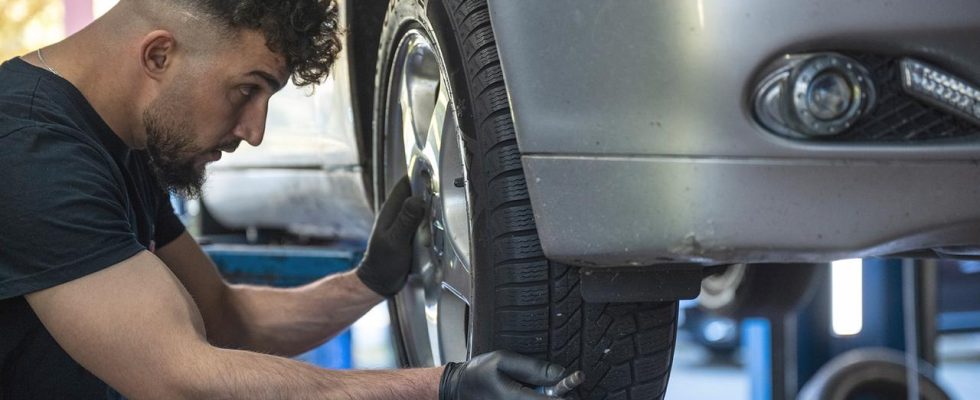The prices for car insurance are climbing inexorably. However, larger car insurers like HUK Coburg do not benefit from this at all – on the contrary. The provider makes high losses. Why?
The high workshop and spare parts costs in Germany are the main reason for the deep red payers that the motor vehicle insurer HUK Coburg presented for the 2023 financial year. The loss in the car policy business amounted to 216.3 million euros. Now HUK Coburg wants to counteract this with price increases.
Prices will probably continue to rise
Stanislas Sturmer, a car expert in Aschaffenburg, only sees one direction when it comes to car insurance prices – upwards: “In general, I would almost say that insurance fees have perhaps even doubled in the last ten to 15 years.”
Sturmer, who is also an extended board member of the Association of Independent Motor Vehicle Experts (VKS), believes that this trend will continue.
Industry is weakening throughout Germany
The price increases initially reach the car insurers – and yet they are still a long way from making profits. According to the General Association of the German Insurance Industry, the industry generated an underwriting loss of almost three billion euros with motor vehicle policies last year.
“The earnings side of our automotive business is not satisfactory,” says Klaus-Jürgen Heitmann, CEO of HUK Coburg. In 2022, the Upper Franconians made a profit of 37.4 million euros from motor vehicle insurance. “As Germany’s largest motor vehicle insurer, we are hit harder by the new reality of damage than others in the industry,” said Heitmann.
More complex Workshop work as a price driver
Industry representatives give many reasons for this. More accidents, more frequent storms, but above all: the workshop costs. “Where previously you might have spent 80 to 100 euros on a headlight, today you spend 3,000 euros or more on matrix LED headlights,” explains automotive expert Sturm. This is also related to the development of automotive technology. Because the individual parts are often interwoven with each other.
“If, for example, you now have a radar detector or a collision warning system at the front that needs to be replaced, it also needs to be taught in again, set and adjusted if necessary,” says Sturmer. “For this you need separate, very special measuring equipment.” And that costs money. “The independent workshops in particular then have to purchase these testing and measuring equipment and setting options from the manufacturers or rent them under license.” Insurers must pass these costs on to consumers.
Waiting for spare parts
Spare parts have not only become more expensive and complicated, but also harder to find. According to Sturmer, the reason is the Russian war of aggression in Ukraine: “We also have the situation where the supplier industry has now built up supply bottlenecks because there were simply no spare parts available on the market.”
Waiting times of up to twelve weeks have become the norm – to the chagrin of insurers: “The insurer also has to pay for every day of loss of use as long as the car cannot be used due to an accident. This also leads to an increase in the regulatory amounts.” And with it the insurance premiums.
Rising personnel costs
In addition, motor vehicle insurers report increased personnel costs – for example in auditing. “Insurance companies are increasingly carrying out appraisals, for example if they involve independent experts who have prepared reports,” says motor vehicle expert Sturm. More external staff will be hired for this test, which will cost more money.
On the other hand, there is a fundamental lack of skilled workers in the automotive industry: “Here, of course, higher salaries mean that employees can be recruited and hired,” says Sturmer. All factors that go into price increases for vehicle insurance.

